Product Consultation
Your email address will not be published. Required fields are marked *
The mesh back of an office chair differs significantly from a traditional upholstered back in both comfort and durability, offering unique benefits and trade-offs:
Breathability and Temperature Regulation:
One of the most noticeable differences between a mesh back and a traditional upholstered back is airflow. Mesh is designed to allow air circulation across your back, preventing heat buildup and reducing sweat accumulation. This is particularly beneficial for people who spend long hours seated at a desk or in warmer office environments. In contrast, upholstered backs, especially those made from foam, fabric, or leather, tend to trap heat. Over time, this can lead to discomfort, stickiness, and even skin irritation, making upholstered chairs less suitable for extended periods of work without breaks.
Adaptive Support and Ergonomics:
Mesh backs are naturally flexible and contour to the shape of your spine. This allows for even weight distribution and dynamic support, which can improve posture and reduce the risk of back pain. Some mesh office chairs also incorporate adjustable lumbar support, allowing users to customize the fit to their lower back curve. On the other hand, traditional upholstered backs rely on static padding that may compress over time, creating uneven support. While upholstered chairs can feel plush and soft initially, they may not adapt as effectively to individual body shapes, particularly during long sitting sessions.
Pressure Point Relief:
Because mesh material stretches and adapts to body contours, it reduces pressure points on the back and shoulders. Upholstered backs provide cushioning, which can feel comfortable at first, but as the foam or padding compresses with prolonged use, it can create concentrated pressure areas. This may lead to discomfort, muscle stiffness, or fatigue over extended periods.
Movement and Flexibility:
Mesh chairs allow slight flexibility in the backrest, enabling micro-movements that enhance comfort and reduce stiffness. Upholstered chairs with rigid or heavily padded backs tend to limit this flexibility, which can make sitting for hours feel more restrictive.

Resistance to Wear and Tear:
High-quality mesh is engineered to resist sagging, tearing, and stretching, maintaining its supportive structure over years of regular use. Its tensioned design allows it to retain elasticity without deforming. Conversely, upholstered backs, especially fabric or foam types, can wear down faster. Foam can compress and lose shape, and fabric can fray or stain over time. Leather upholstery may crack or fade if not properly maintained.
Maintenance and Cleaning:
Mesh backs are generally low-maintenance. They resist spills and can be cleaned with a damp cloth or mild detergent. Upholstered backs, however, absorb liquids and dirt more easily, which can lead to stains and lingering odors. Regular cleaning of fabric or leather can be more labor-intensive, sometimes requiring specialized products or professional care.
Longevity:
Mesh office chairs are often more durable in environments with heavy daily use. The material is designed to withstand thousands of hours of sitting without losing ergonomic support. Traditional upholstered chairs can feel soft and luxurious initially, but they often experience quicker wear, flattening, or sagging of padding, reducing both comfort and structural support over time.
Structural Support:
Mesh backs work with strong frame materials to provide consistent support across the backrest. Upholstered backs rely heavily on internal padding for comfort, which can deteriorate faster than the mesh itself, especially if the chair is frequently used.
In essence, mesh backs excel in long-term comfort, ergonomics, and low-maintenance durability. They provide adaptive support, better airflow, and resistance to wear, making them ideal for high-use office environments or individuals who sit for extended periods. Traditional upholstered backs, while often offering a softer, cushioned feel and an aesthetic appeal, may require more maintenance and can lose shape or firmness over time.
Choosing between the two ultimately depends on your priorities: if you want long-term ergonomic support, breathability, and easy care, a mesh back office chair is often the superior choice. If you value plushness, luxury, or a more traditional look, an upholstered back may suit your preferences but may need more care and replacement sooner.
A Guide to 11 Popular Living Room Chair Styles and How to Pick the Right One
Aug 07,2025Why Choose Leather Bar Stools: Key Advantages
Aug 21,2025Your email address will not be published. Required fields are marked *
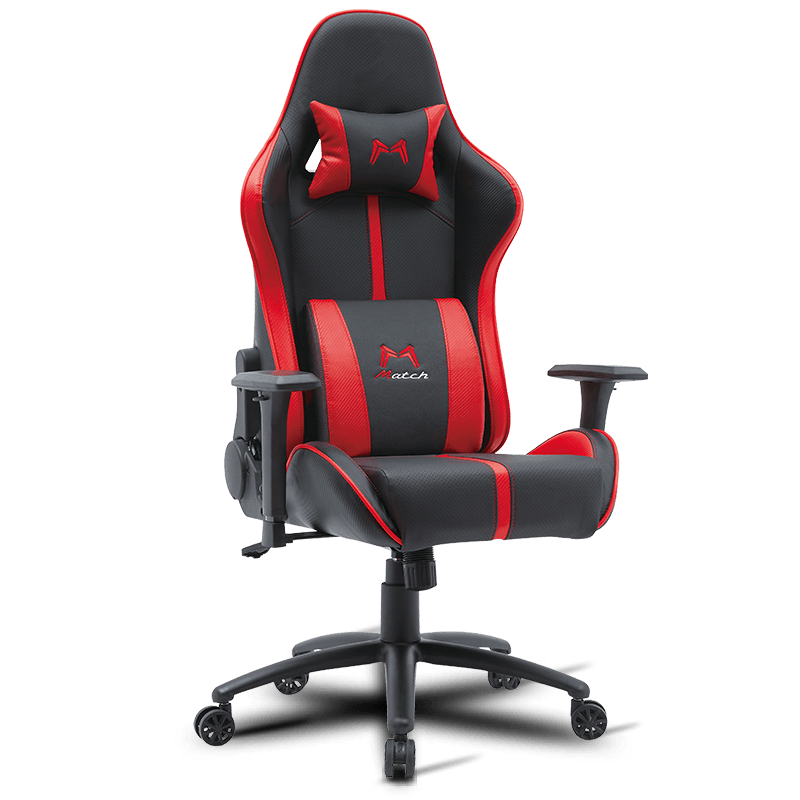
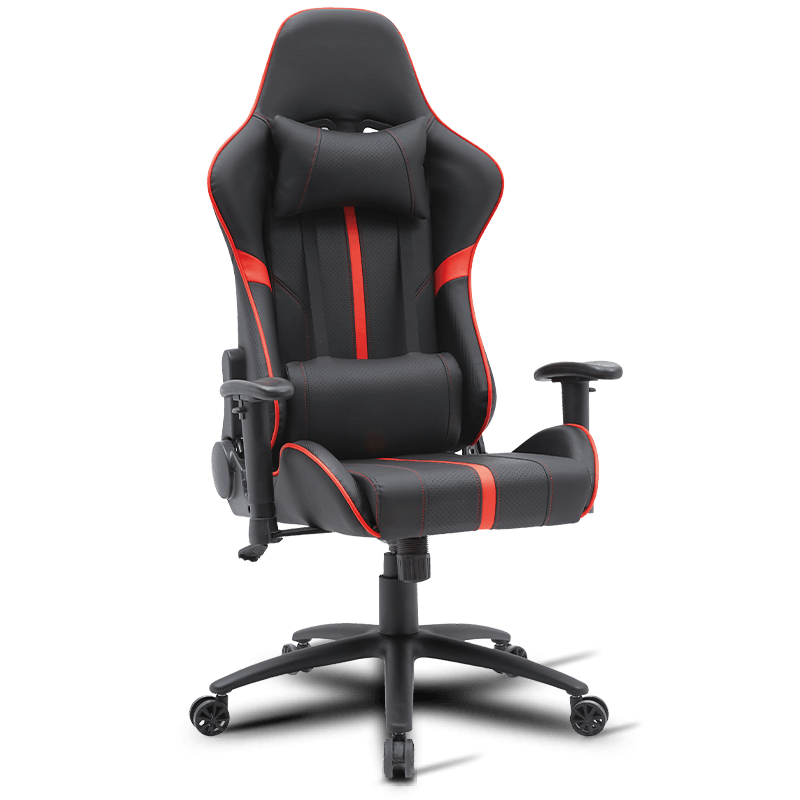
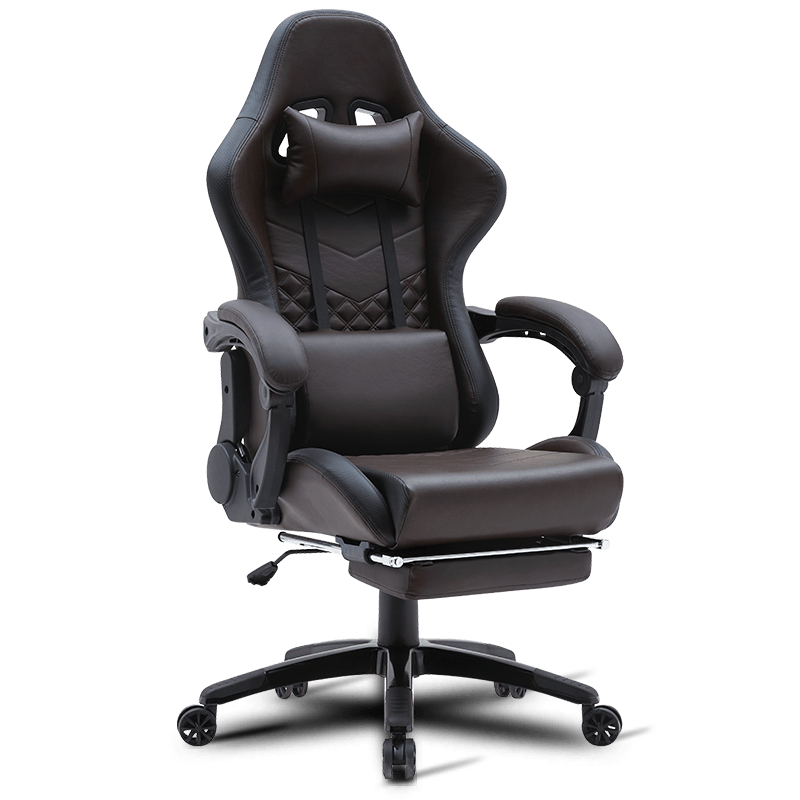
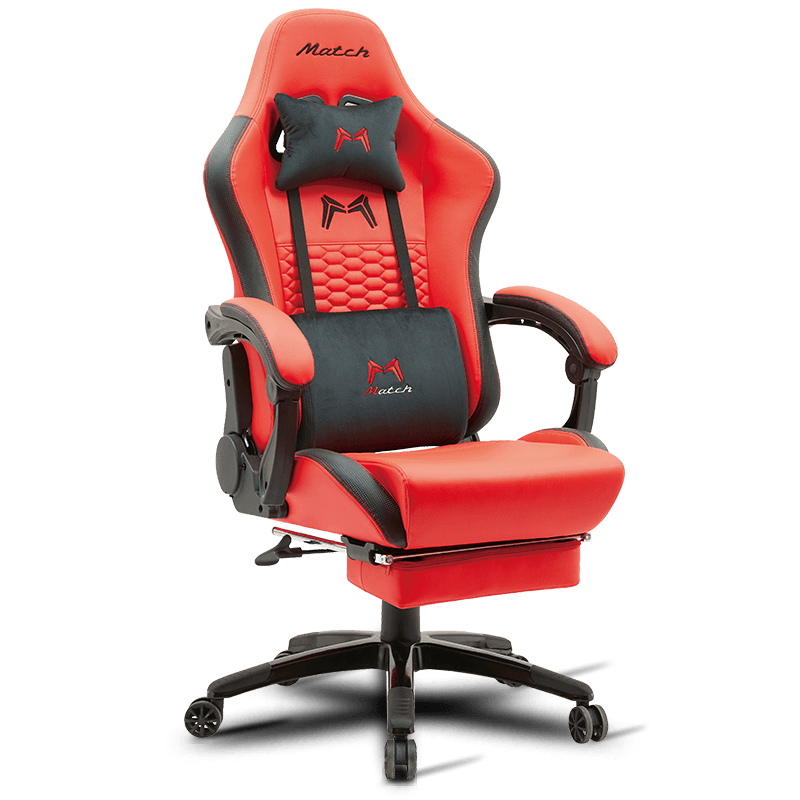
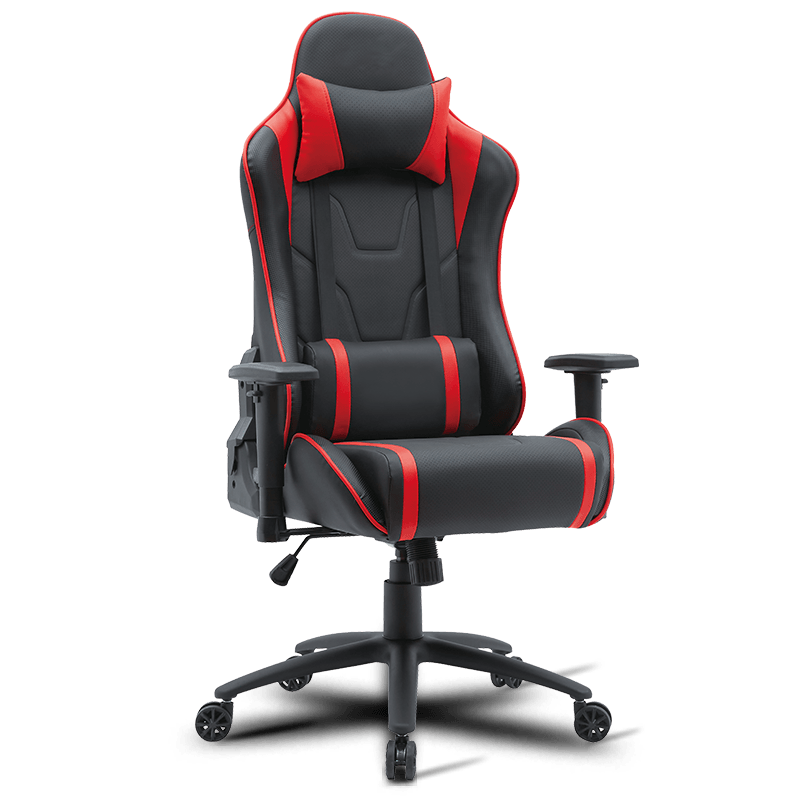
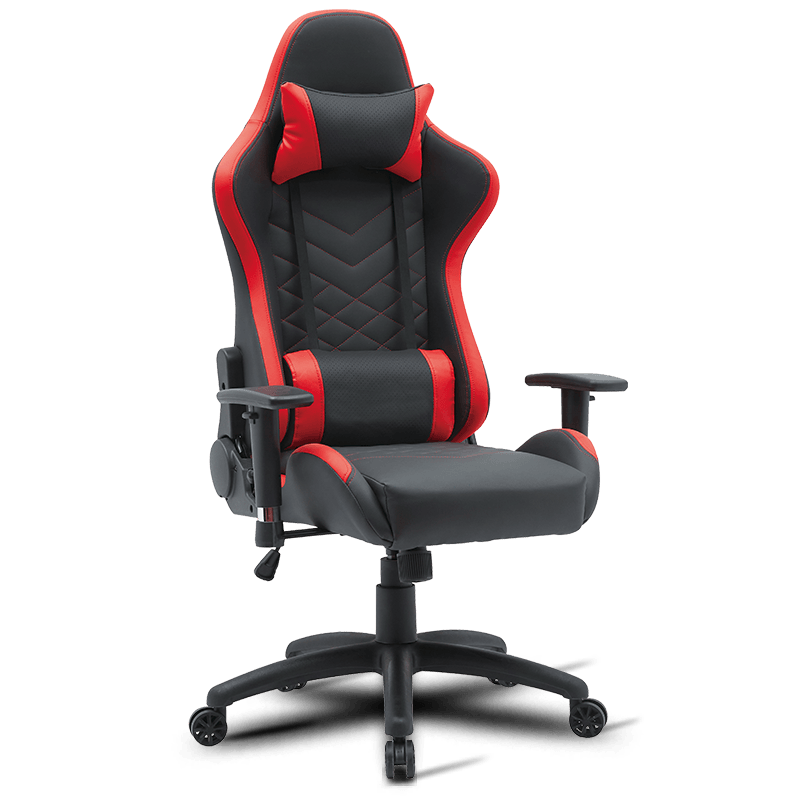
Tangpu, Huzhou, Zhejiang, China
0086-15088380506
Copyright © Anji Mingchuang Furniture Co., Ltd. All Rights Reserved.
